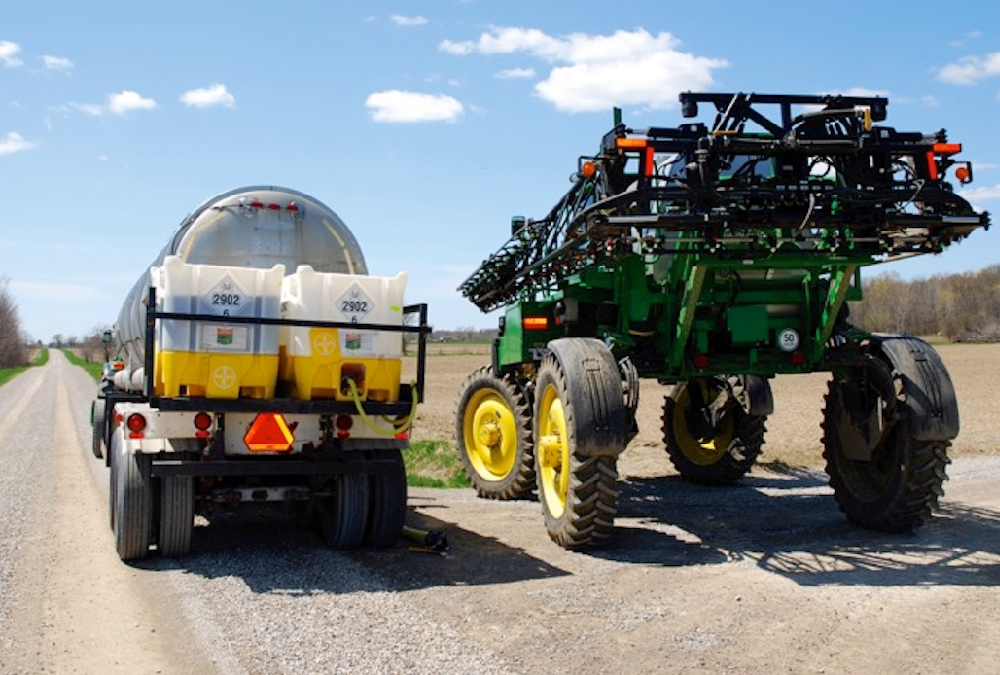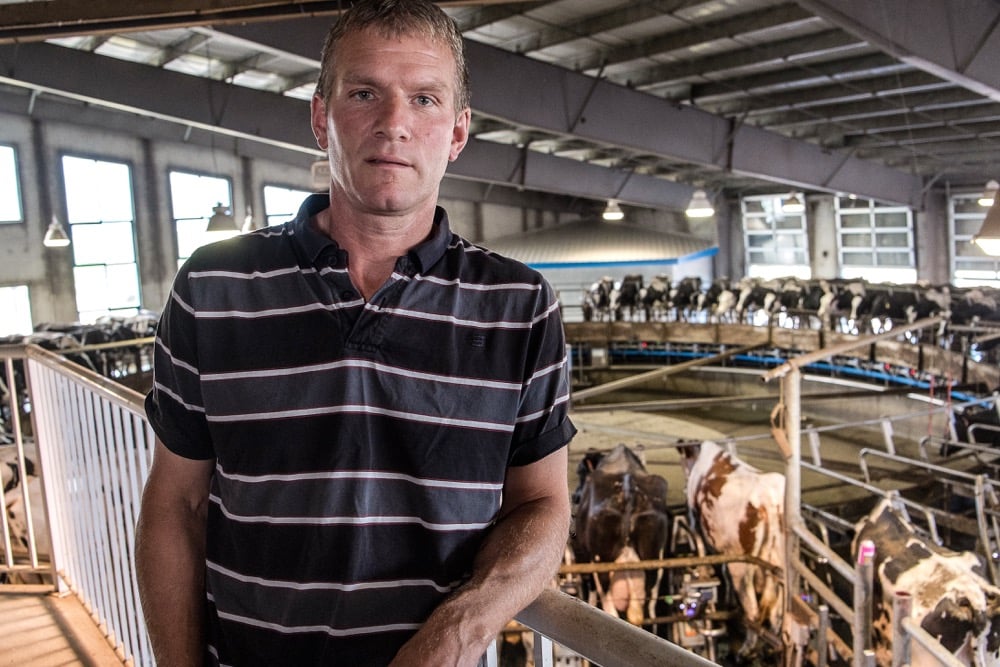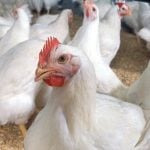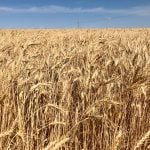Why does it appear to be so easy for animal rights activists to get a camera into a livestock operation, and so hard for the popular press to do exactly the same thing?
The most recent example was when the industry got yet another black eye with an “inside” look at turkey farms, courtesy of CBC’s “Marketplace.” The program could certainly generate its own video, but the truth is they used gory scenes from a video stuffed with rampant examples of animal abuse from the group Mercy for Animals. That’s the same group that provided video to CTV’s “W5” that was allegedly taken in a chicken barn in Alberta, and the year before that, in a hog barn in Manitoba.
Read Also

Tips and strategies for pre- and post-harvest weed control
Glacier FarmMedia – Sometimes the simplest solutions are the best ones. Breanne Tidemann, an Alberta-based researcher with Agriculture and Agri-Food…
Mercy for Animals is an American-based animal rights group composed of kindly souls who are completely averse to killing in any way, shape or form, unless it’s your market. Their operatives find work in your barns where they take covert video for several months. They post it on the web in order to discredit your industry and although this may not be honest, as far as they’re concerned the ends justify the means.
“Activist videos are not what they seem,” explains veterinarian Mike Petrik in the blog he writes under the name Mike the Chicken Vet. “I’m not saying they fake them (although that has happened in some cases). What you need to realize is that the activist takes video for four to five months, then edits it into the worst 15 minutes possible. They aren’t interested in showing the truth. The mandate of animal activists is to stop the use of animals — all animals — and if false representation helps them stop a process they see as immoral, that is very acceptable to them.”
And this is why you as livestock producers need to get serious about improving access to your barns. Hiding behind bio-security protocols is, quite frankly, exactly that. If you can manage to have protocols in place that work for employees and inspectors, surely the same could happen for occasional visits from members of the media. If the press had ready access on short notice, then they would see what a dull and routine place a barn really is and the animal rights groups would have their teeth pulled.
- From the Alberta Farmer Express: How to answer those tough agricultural questions from your urban neighbours
This is extremely important because, absent any credible and open response from industry, the activist-supplied video, as the only video available, is run unchallenged and unquestioned. Janet Riley of the American Meat Institute told me of one exception where there was a later investigation. It was the undercover video shot by the Humane Farming Association (HFA) in an IBP packing plant in Washington state that triggered an investigation back in 2001. According to the HFA, the line was running too fast and the workers couldn’t keep up. Consequently many of the cattle were alive and conscious as they were suspended and run down the line.
This hidden video found its way onto television stations whick showed the tightly edited snippets of squirming cows. People who saw it were outraged. The Washington Post did a large spread on the story and, again, the livestock industry came out of it with a bloody nose. The official investigation asked for, and got, the full three and a half hours of HFA video and it showed something quite different.
The problem was actually a faulty captive bolt gun that intermittently failed to deliver the fatal shot. Some of the cows started regaining consciousness but were properly stunned within seconds in accordance with company protocol. The edited video showed what went wrong but not how it was quickly corrected. According to the official report issued by the USDA among others:
“The prosecuting attorney was particularly concerned that the unedited videotape demonstrated HFA’s intent to promote a particular agenda through the edited tape, such that all evidence developed by HFA was discredited. Other credibility issues include the possibility of witness bias based on a history of labour unrest at the plant.”
Investigators found some violations and these were documented with penalties assessed, but none of them had anything to do with the Humane Farming Association’s original petition. However, by the time the report came out, the media had already had its fun and moved on, without doing any followup.
So it stands. We, the public, saw it on television, and therefore it must be true. As it turns out video may not lie but judicious editing certainly warps what’s there. I don’t know if the producers of either “W5” or “Marketplace” saw the complete video like the IBP investigators had. If they did, shame on them for misrepresenting livestock farmers like that for the sake of shock mongering. If they didn’t, then accepting video sight unseen from an animal rights group, people with a clear anti-livestock agenda, is sloppy work with an appalling lack of due diligence. Those of us who love the ironic have to laugh at the spectacle of CBC’s “Marketplace,” our national purveyor of caveat emptor, making an ass of itself by flogging such tainted goods.
On the other hand, however, when “W5” did their egg farm profile in Alberta last fall, they called the Egg Farmers of Canada who immediately battened down the hatches and sent out an advisory to all members to keep “W5” off their farms. Then they dodged any calls until they were finally confronted. It was messy.
“What sort of message does that send to the general public?” asks Guelph, Ont. poultry expert Ian Duncan. “It sends the message that this is going on everywhere. If they had been wise, they would have had a couple of model egg farms up their sleeve and told “W5,” if you want to see how egg farming is done then go there and have open doors. Having a locked door policy only creates suspicion.”
So what can the industry do? One step is, as Riley put it, to fight video with video. One example of this is the Glass Walls Project, a web-based slaughterhouse tour hosted by Temple Grandin, the world’s most respected animal handler. There are no punches pulled and you actually see live animals killed and processed into the main cuts.
But what you also see is how gently these animals are treated, and there’s a very good reason for this. If the animal is bruised, that part of the cut is discarded. If the animal is agitated, it produces lactic acid and this depletes muscle glycogen. What you have then is a “dark cutter,” an animal with dark, discoloured meat of much lower quality and lesser value. As Riley says, “not only is there a moral incentive, there’s an economic incentive to handle the animals humanely.”
Another example is the BBC program “Kill It, Cook It and Eat It” where you watch a group of people as they follow an animal from the pasture to the dinner table. Again, no punches pulled, the animals are killed and cut as you watch. Although it may be shocking to those who have never seen it before, the treatment is humane and a lot more typical of what happens in a real slaughter plant.
We know this but the public really needs to hear it from you and not from Mercy For Animals or PETA. To paraphrase one of my colleagues here in Winnipeg, this is a game you can’t win by hiding. It’s time for the industry to kick the doors open and bring the media in. That way the popular press can get a much better look at what’s really happening on a day-to-day basis rather than through the brutal filter of the animal rightists.















